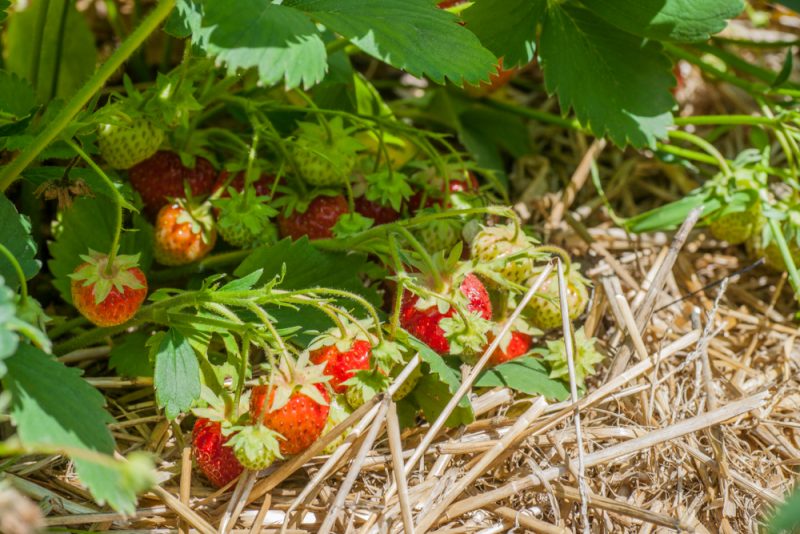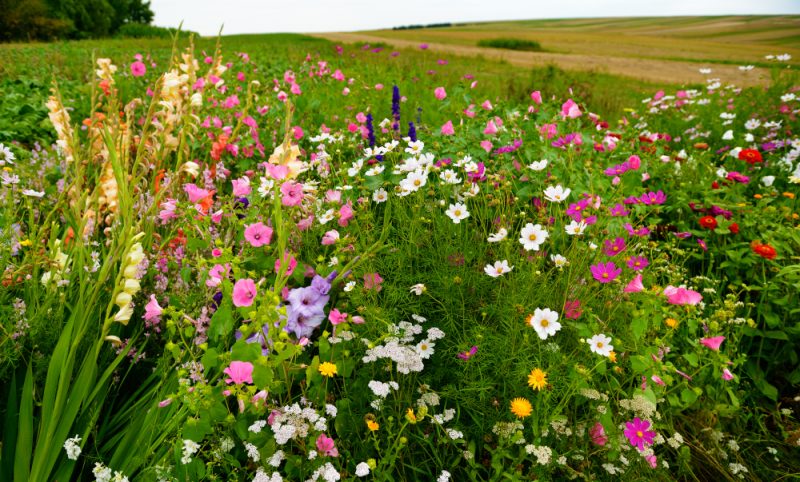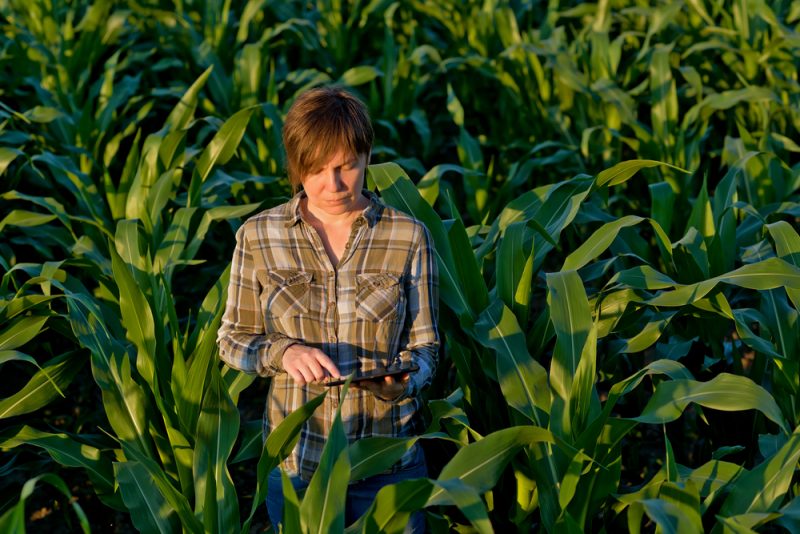Agriculture of tomorrow: what is agro-ecology?
«Agroecology» or «agro-ecology» is a term that has been used more and more since 2012 and the French government’s political will to find a term that brings together all the agricultural initiatives on sustainable agriculture . Agroecology thus designates a multiplicity of initiatives and practices that can be placed under this umbrella term: conservation agriculture, ecologically intensive agriculture, organic agriculture, natural agriculture… Behind this term we find a great principle: to improve the cohabitation of biodiversity and agricultur to produce with the environment, with the soil playing a central role in these production systems. The restoration of a carbon cycle being at the centre of agroecology, the soil, which is the place where organic matter is digested and transformed, becomes an indispensable ally to produce AND protect the environment at the same time.


Agro-ecology is represented today by scientists, technicians and farmers who seek to better align agricultural practices and ecosystem functioning: they are in associations, private companies, professional organisations or research centres. An observed necessity: scientific and empirical contents as well as a set of methods that must be put in synergy to bear fruit and adapt practices to each pedoclimate. Essential adaptation work, which will take at least 15 years, and which requires active collaboration between farmers, researchers and technicians. Agro-ecology is also a « field to plate » approach. In a current context where consumers are increasingly concerned about the way in which the food they eat is produced, agro-ecology must raise awareness of the plurality of production methods in order to move away from the “organic” vs “conventional” divide. The aim is to recreate bonds and regain everyone’s trust.
From the post-war period to today in France, the evolution of agro-ecology frameworks:
Agriculture in the 20th century was marked by genetic evolution and crop mechanisation. Within the framework of the reconstruction of France, and with the help of the Marshal Plan, the French State created the chambers of agriculture, the agricultural high schools and restructured the “Ferme France”: investment and modernization aids, agricultural reparcelling program. Farms are expanding, accessing bank loans on a massive scale, opening up to efficient technologies: fertilisation and chemical protection, antibiotics, mechanisation. As early as the 1970s, the notion of the ecosystem emerged and universities around the world developed a vision of the interdependence of living beings, their resources and habitats. Agriculture, which often occupies more than 50% of a country’s land area, is becoming an area of research and observation. The 1970s also saw the emergence of environmental movements around the world, and organic farming became networked from a desire by farmers’ groups to produce without synthetic products. At the same time, a great deal of research converges on the fact that the massive use of chemical inputs and the specialisation of production systems lead to multiple erosions: of soil, biodiversity, and degradation of water quality. The 80s and 90s saw the formation of several networks of producers who moved towards practices based on the use of organic matter, longer crop rotations, reduced tillage, and so on.
The 2000s are marked by the rise of organic farming, with double-digit growth in consumption and production. Conservation agriculture is also becoming established in the landscape thanks to the work of pioneers such as Lucien Seguy abroad, whose practices are imported into France by several actors: Frédéric Thomas, Konrad Shreiberamong others. At the same time, Pierre Rabhi democratised the word “agro-ecology” by associating it with peasant farming practices, on small surfaces, and often associated it with permaculture. The latter aims to reproduce the functioning of nature in agricultural systems, and broadens its approach to a strong societal and social dimension that goes beyond the framework of agricultural production. In 2012, the French government decided to adopt a realistic and ambitious agricultural and environmental policy. Following on from the first Grenelle de l’environnement in 2008 and the Ecophyto plan, it is developing a policy around the term agro-ecology and is asking institutions, notably INRA, to find a clear definition and associated practices. Stéphane Le Foll, then minister of agriculture, launched a wide-ranging plan to put the field into action and put farmer-to-farmer collaboration at the centre of the debate, creating the (EEIG) Economic and Environmental Interest Grouping. Hundreds of groups then obtain the EEIG label and draw up a 5-year agricultural development strategy. The dynamic has been set in motion, and the farmers are getting ready to move forward. By 2019, there will be around 500 EEIGs in France, representing nearly 10,000 farmers committed to a process of changing practices, reconciling economics, agronomy and job satisfaction (all EEIGs on www.giee.fr).
Agro-ecology in its current definition therefore aims to rely on the natural functioning of ecosystems to produce:
Placing agronomy at the centre of its production system, with the soil, the carbon cycle and biomass production as essential elements to put biological equilibrium back in motion at the plot level.agronomy put back at the centre: optimisation of the carbon cycle at the plot level, the life of the soil, the base of the food chain, increases resulting in an improvement in biodiversity within the plots themselves.
- Work on the plot’s ecosystem to go even further: take into account the surrounding agroecological structures (hedges, grass strips, ditches), know their function and utility, link them together and even create new ones with the implementation of complementary agroforestry or hedge management methods.
- But at the root of it all is mutual listening between the farmer and the agronomist, who together build new practices based on respect for the functioning of living organisms (we come back to the notion of carbon). It thus allows practical experience to be combined with scientific studies (physical, chemical and biological) in a complementary and indispensable way.


Objectives and aims of agroecology, developed by the CDA :
Agroecology therefore tends to recreate links with existing systems. The first objective is therefore to support farmers in transforming their production methods in order to limit the use of external inputs as much as possible.
Agroecology must make it possible to forget the uniformity of production methods and make room for the knowledge of farmers:the main connoisseurs and observers of ecosystems.
Finally, the main challenge is for these methods to be integrated into agricultural production objectives for “tomorrow’s agriculture“: in order to be reliable, agro-ecology must work on a small as well as on a large scale and must make it possible to improve the productivity and profitability of the farm.
An agro-ecological transition requires time and support. Indeed, it is not just a question of changing methods, it is above all a question of changing one’s point of view on one’s own situation and functioning (environment, choices, etc.).
Agro-ecological principles must therefore be applied and adapted to each situation. This is why the CDA offers personalised supporton the basis of a diagnosis specific to each plot and taking into account the characteristics of the land, the climate, the characteristics of biodiversity as well as the socio-economic fabric and quality of life of the farmer.
